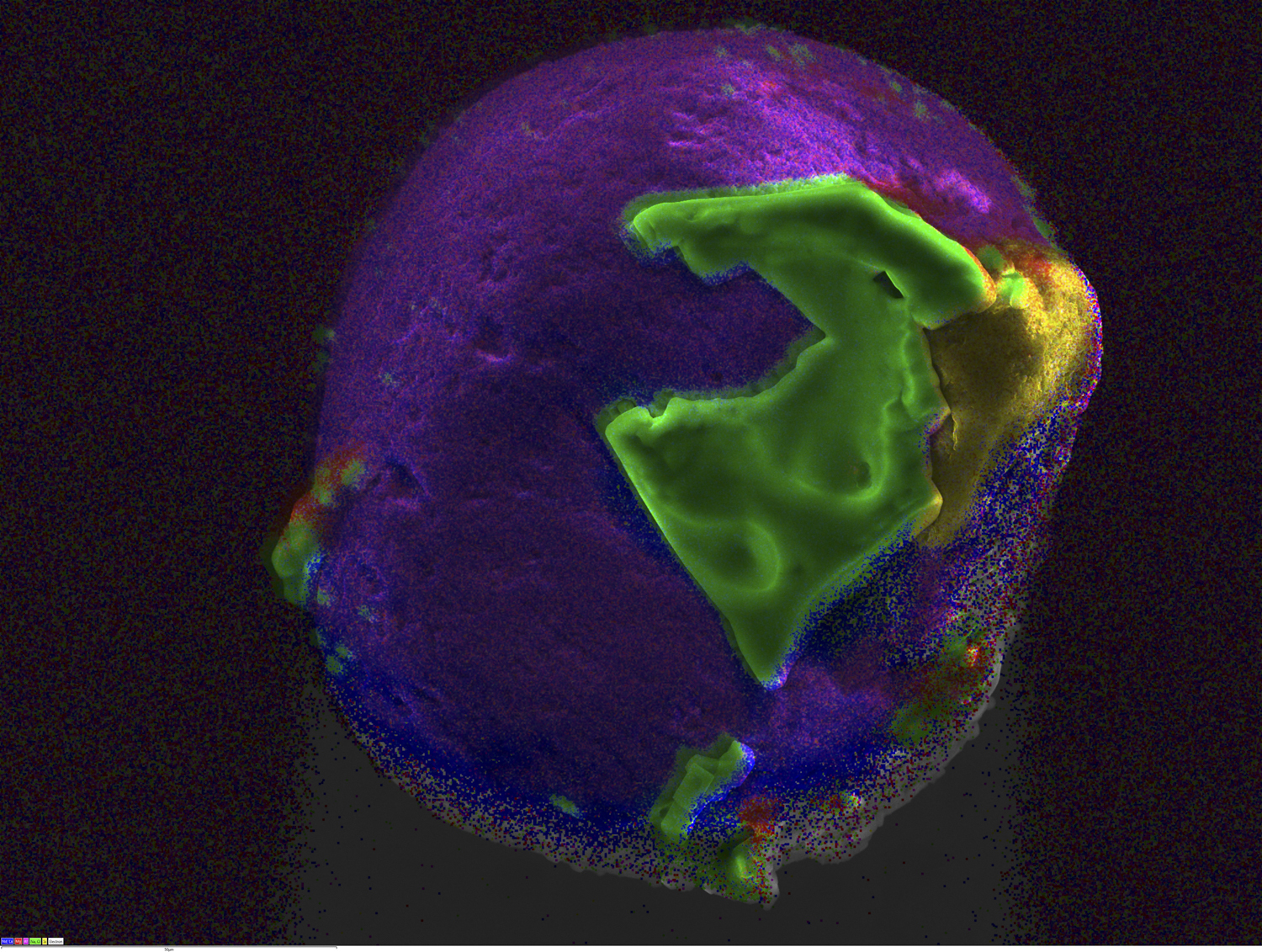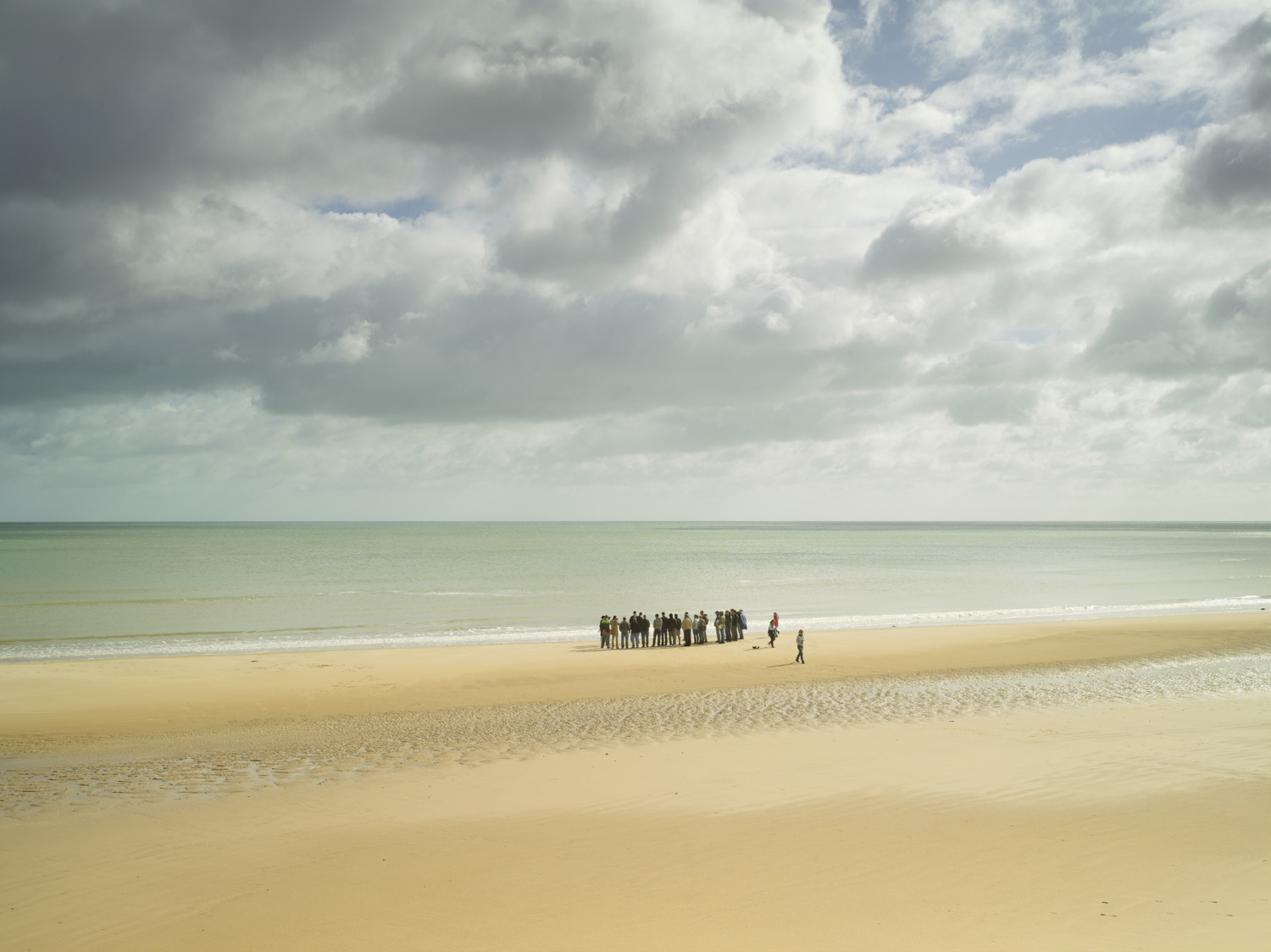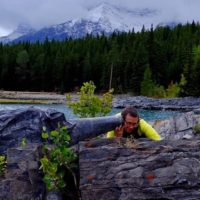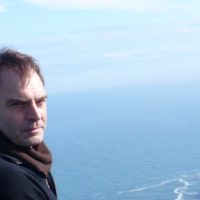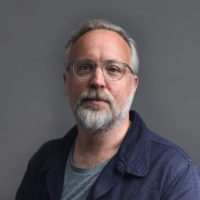Each year the KABK makes provision for a selected group of its tutors and staff to work on a self-defined research project in the context of a Research Group. The nature of these projects varies, from research driven by and through one’s own artistic or design practice to historical or theoretical research; from material or technological research to academic research in preparation for a PhD trajectory. Since 2018 the Research Group has been run under the Lectorate Design and chaired by Alice Twemlow. In monthly meetings, we discuss participants’ progress and questions related to methods for research and analysis, theoretical concepts and modes of dissemination. The year concludes with a symposium where participating tutors share the outcomes of their research projects with the KABK community of colleagues and students as well as invited respondents.
The Research Group 2018 was chaired by Alice Twemlow, head of Design Lectorate.
Participants Research Group 2018
Overview of the participants and their research projects:
tutor, BA Fine Arts
EXPLORE, SAMPLE, DIG, DEPLETE AND REPEAT: UNDERMINING VALUE
In this project, Bacon examines the relationship between the mark-making activity of drawing and the extractive one of mining, and how an understanding of this relationship might lead to an artistic practice capable of addressing ecological crisis, or what Timothy Morton calls a ‘traumatic loss of co-ordinates’.
Graphite, as an allotrope of coal and diamonds, is pure carbon and suggests a link between mining and drawing. The mine is not just a literal site of excavation (and historically a causal agent of industrial capitalism), but also a metaphor for a space of control.
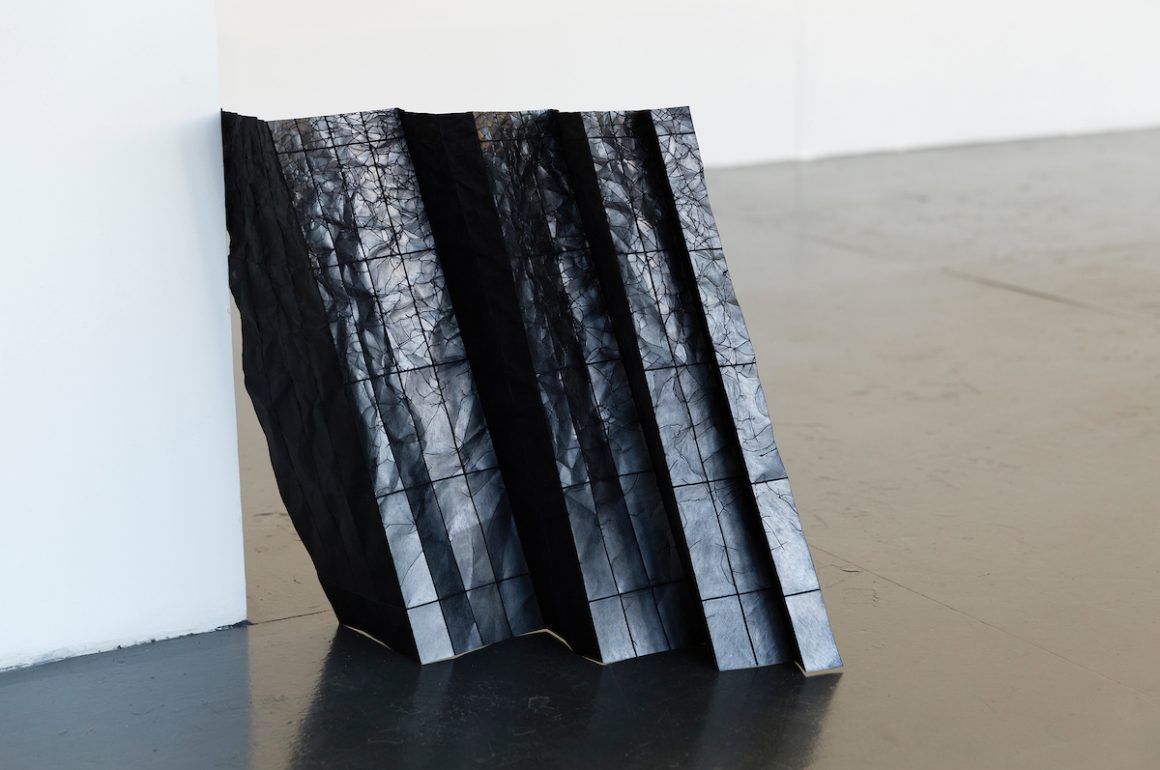
Bacon’s research process involves the extensive reading of current thinkers on environment and visual culture, including TJ Demos and Timothy Morton, an investigation of the history and imagery associated with extraction industries and field visits to mining areas in central Europe.
This has led Bacon to conceptualize her drawing practice as a form of witnessing. In understanding drawing as a form of touch — Eva Hayward’s so-called ‘haptic visual’ — vision and distance are collapsed. Seen from this perspective, drawing becomes a form of seeing or witnessing; not art about the ‘environment’, but art made in the presence of the scary thing.
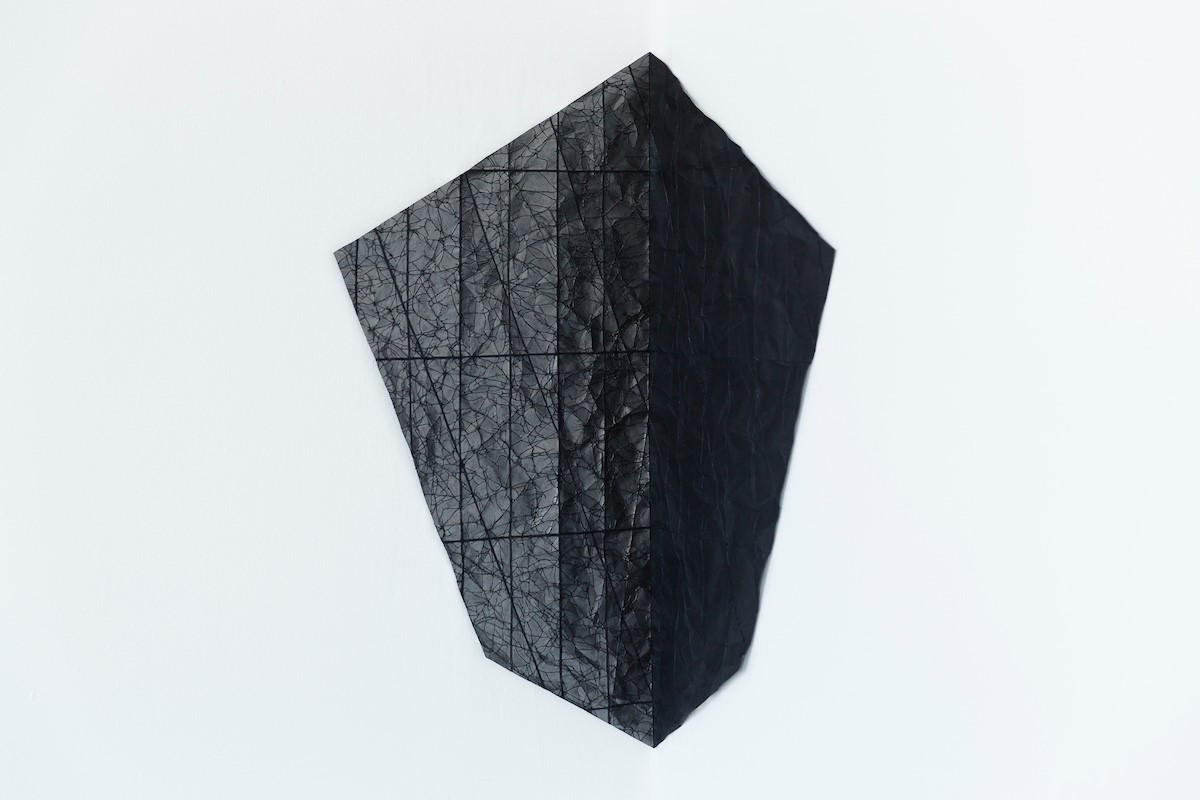
tutor, BA ArtScience, MA ArtScience, and BA Interactive Media Design
REDESIGNING AFFECT SPACE
In his earlier work, Kluitenberg proposed a spatial model, known as Affect Space, as a way to understand the affective intensities generated during the public gatherings and urban spectacles that have been taking place over the past few years in cities around the world — from Zuccotti Park in NYC to Tahrir Square in Cairo, and from Gezi Park in Istanbul to the streets of Hong Kong.
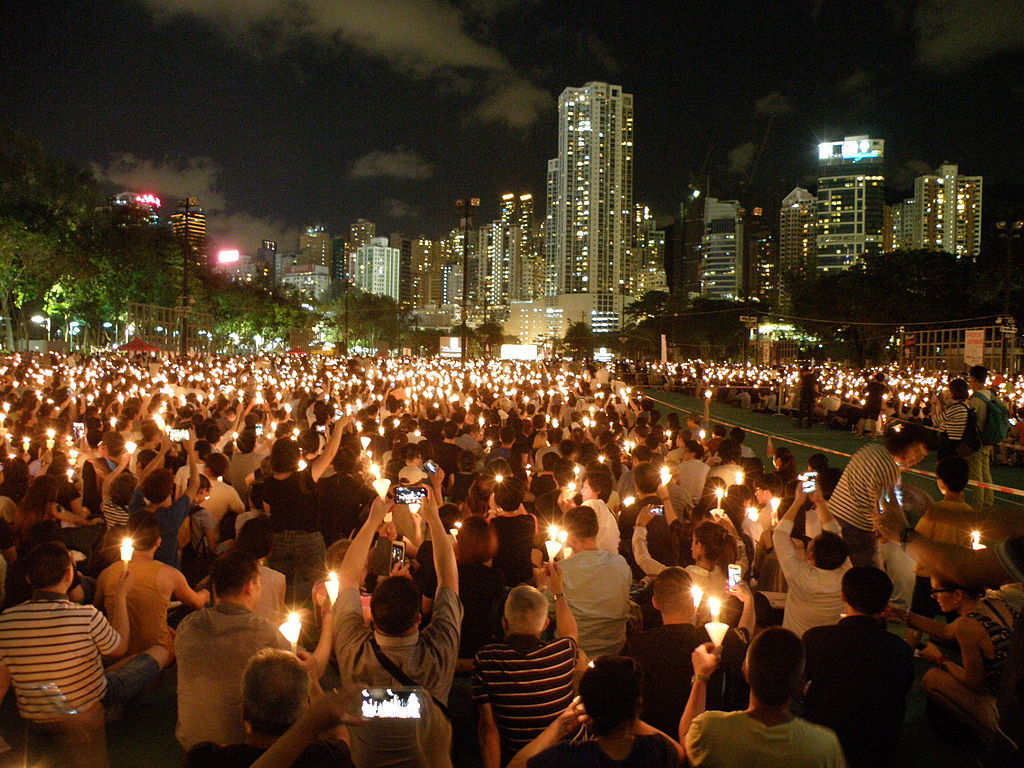
With their unique intermingling of (mobile and wireless) technology, intense online (mediated) and off-line (embodied) exchanges, in the context of urban public spaces, these gatherings produce a new dynamic that is highly unpredictable. While unpredictable, this dynamic is in no way arbitrary and, furthermore, it is highly susceptible to manipulation.
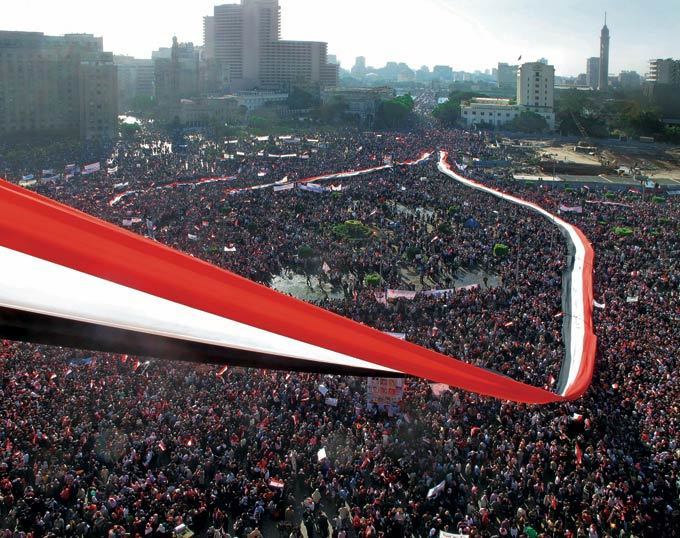
In his more recent collaborative research, Kluitenberg and his colleagues in the ‘reDesigning Affect Space’ project are exploring what types of design agendas might be used to counter such manipulation and to distribute agency (the ability to act effectively) more equitably across the different actors operating in this space–citizens, corporations, public agencies, ‘creatives’, civic organisations and local, national, and transnational authorities.
co-head, BA Graphic Design and MA Non Linear Narrative
DIGITAL POLLUTION
The technology sector labels its products using metaphors that suggest their association with the natural world and the qualities of cleanliness and transparency, thus papering over, or deflecting attention from, the damaging effects of technology on our living environment. Probably the most familiar of these deceptions is the projected image of a fluffy, vaporous ‘cloud’ used to mis-represent the massively resource-intensive and earthbound qualities of digital data storage. In this project, Schrader reflects on the impacts and implications of what he terms ‘digital pollution’. Using online tools such as Google Earth and published online media in combination with site immersion and visual analysis, the project seeks to understand more fully what happens when the resources needed to create, share and store our daily output of 2,5 quintillion bytes of so-called ‘virtual’ data encroach on the physical environment.
tutor, Research & Discourse, BA Interior Architecture & Furniture Design
MAKING DESIGN WEIRD AGAIN:
Advancements in the study of the peculiarities of the early 21st century phenomenon of design history and its discontents
In this project, te Velde explores how fiction can be used as a strategy and research method to disrupt design history canons in order to expose issues of eurocentricity in the knowledge production of design history and to create space for critique. Through the figure of a fictional anthropologist from the future, te Velde aims to create distance from the present moment in order to study and reveal the ways in which design history has been, and continues to be, shaped by modernity and coloniality.
Through these measures, te Velde seeks to challenge a range of design history tropes such as the linear timeline, ideas of western development and progress as well as notions of humanity, issues of individual authorship, appropriation and the dominance of the visual. Can we enforce a normalisation of a reality that is not yet here?
tutor, BA Photography and MA Photography & Society
GEOGRAPHIES OF POWER
The production of worldviews has been radically altered by the convergence of airspace and dataspace, embodying state power in the 21st century. In this project, Weber explores the atmospheric topography of enclosure and the use of airborne machines that manufacture and condition the spaces of a securitized and surveilled society. Starting from French philosopher Gilles Deleuze’s inversion of surveillance into ‘counter-veillance’, where he sought to turn the prison inside out and ‘watch the watchers’, the research project inverts the totalizing imperial reconnaissance of the US military drone to trace the geographies of drone warfare as an act of counter-reconnaissance.
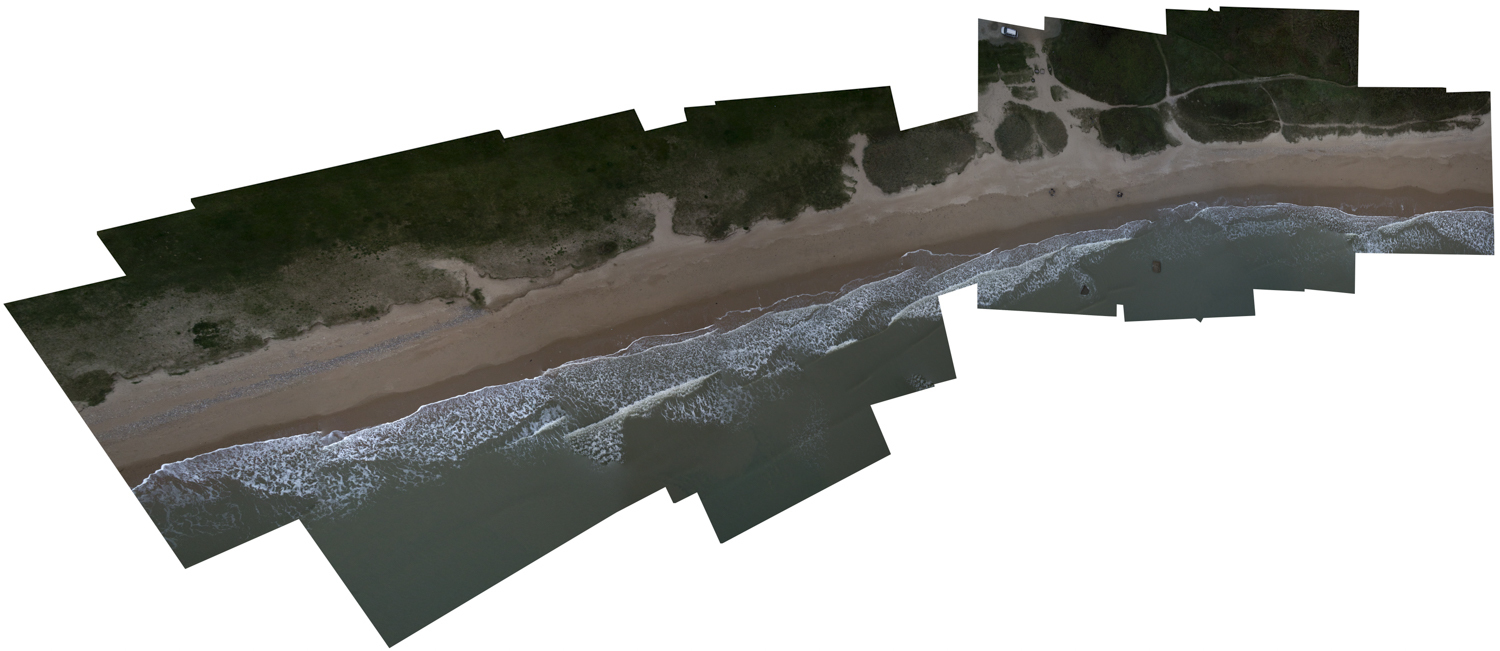
By using the method of (re)appropriating satellite imagery from Google Earth, the hidden indices of state power become intelligible, vivid, palpable and contestable. We can now see drone infrastructure not just as a geopolitical agent, but an infrastructure and ecosystem that encloses life itself. This project sets out to visualize what photographer Trevor Paglen has termed the ‘geography of our geography’: the Geographies of Power.
